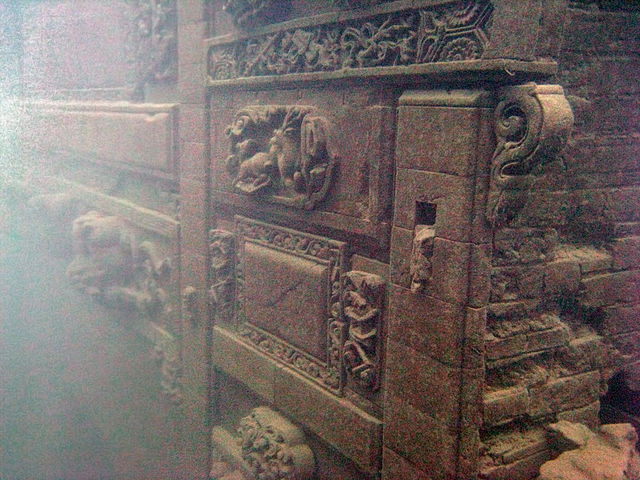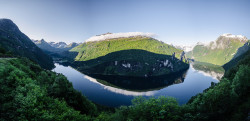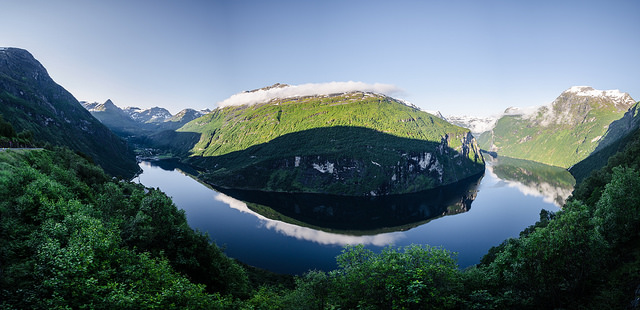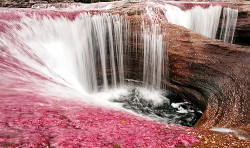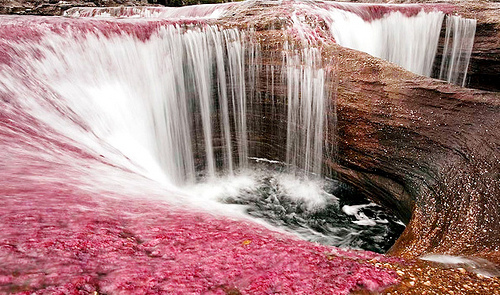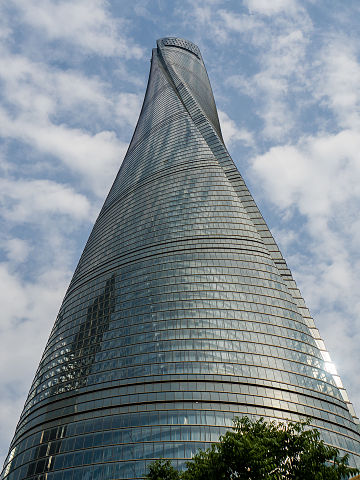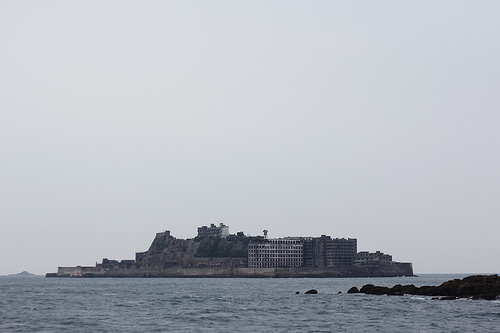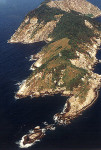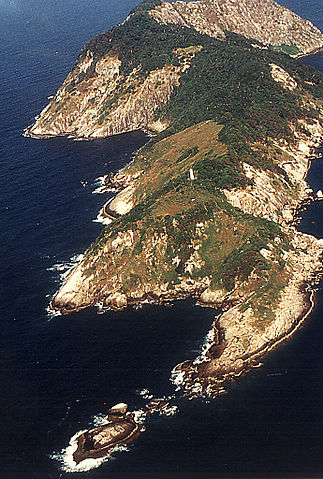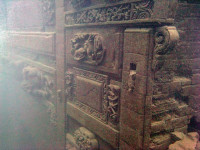
Would you brave the depths to see Lion City?
- Lion City is an ancient city that has been abandoned and submerged in the water of Quindao Lake of Zhejiang, China.
- It is thought that construction of Lion City began in 621 AD, and the city eventually rose to economical importance, with many features built at a later stage.
- ‘Lion City’ was named after the nearby Five Lion Mountain and is known as ‘Shī chéng’ in Chinese.
- The enormous Xin’an Dam and hydroelectric station project initiated by the Chinese government and completed in 1959, was the cause of the Lion City flooding and submerging, as well as other cities and towns, causing a total of almost 300,000 people to be displaced.
- In 2001, Lion City was ‘rediscovered’ by a diving club, at the invitation of the Chinese government, and further explorations have since been organised.
Part of Lion City
Image courtesy of Wikimedia Commons
- Lion City is approximately 0.43 square kilometres (0.17 square miles) in area, and it is situated between 26 and 40 metres (85 to 131 feet) deep under water; and it is notable for featuring five city gates, an abnormal quantity as most ancient cities would have only four gates.
- Most statues, sculptures and art, and other stone or wooden structures of Lion City, have been remarkably preserved, due in part to lack of exposure to air, and relatively stable water temperatures of 10 to 20 degrees Celsius (50 to 68 degrees Fahrenheit).
- Lion City was designated a protected site in 2011 by the Zhejiang Province, which coincidentally was also the year that curiosity and awareness of the city grew, especially as new photographs of the city were released.
- For expansion of Lion City’s increasing tourism, a submarine for casual exploration has been built, though by the end of 2015 it had not yet been used due to site preservation concerns; and a concept for an underwater tunnel has been presented, but its purpose may be purely for transporting vehicles across the lake.
- Lion City is best visited from April to October due to warmer air and water temperatures, and even then, only experienced divers can venture, particularly due to conservation concerns and lack of underwater visibility.
Bibliography:
Graaf M, China’s Atlantis, 2014, Daily Mail Australia, http://www.dailymail.co.uk/news/article-2561147/Chinas-Atlantis-How-Lion-City-purposely-flooded-make-way-power-station-remains-completely-intact-130ft-underwater-50-years.html
Galloway L, China’s Atlantis of the East, 2014, BBC Travel, http://www.bbc.com/travel/story/20140711-chinas-atlantis-of-the-east
Lingren Z, The Ancient Underwater City of Thousand Islands Lake, 2013, Chinese National Geography Press, http://www.chinascenic.com/magazine/the-ancient-underwater-city-of-thousand-islands-lake-222.html
Lost Underwater Lion City: Rediscovery of China’s ‘Atlantis’, 2012, Love These Pics, http://www.lovethesepics.com/2012/06/lost-underwater-lion-city-rediscovery-of-chinas-atlantis/
Qiandao Lake, 2015, Wikipedia, https://en.wikipedia.org/wiki/Qiandao_Lake
Wang C, Dive the Ancient Ruins of Lion City in Qiandao Lake, 2015, Underwater Photography Guide, http://www.uwphotographyguide.com/dive-qiandao-lake-china






